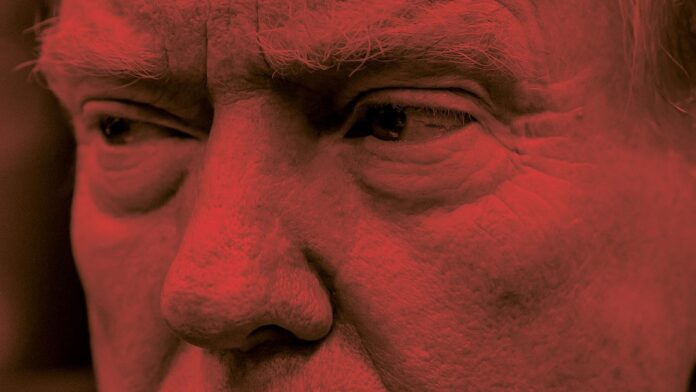Key Falsehoods or Claims: The article reports that Laura Loomer, a far-right activist and congressional candidate, met with President Trump and urged him to fire his national security officials, claiming they are disloyal to him. Loomer has previously spread baseless conspiracy theories, including the claim that the Parkland school shooting survivors were crisis actors.
Source: The New York Times is a reputable and neutral outlet, known for its rigorous fact-checking and journalistic standards.
Analysis: The spread of falsehoods and conspiracy theories by individuals like Laura Loomer can shape public opinion by influencing the narratives that are amplified in the media. This can lead to a distortion of reality and undermine trust in credible sources of information. In this case, the article highlights how Loomer’s conspiracy theories have reached the highest levels of government, potentially influencing decision-making processes.
The article poses a threat to our democracy by demonstrating how individuals who spread misinformation can gain access to influential figures and potentially impact national security decisions. This highlights the importance of combating misinformation and holding individuals accountable for spreading falsehoods.
Hypothetical public reactions or political outcomes: If Loomer’s claims gain traction, it could lead to a further erosion of trust in the government and political institutions. Additionally, it could create a climate where baseless conspiracy theories are given credence, leading to potential policy decisions based on falsehoods rather than evidence-based reasoning.
Further reading: For further reading on the impact of lies and conspiracy theories on public opinion and democracy, reputable sources include studies by the Pew Research Center on misinformation and media influence, as well as analyses by academic experts in political communication and psychology of misinformation.
Source link
Redirect URL
